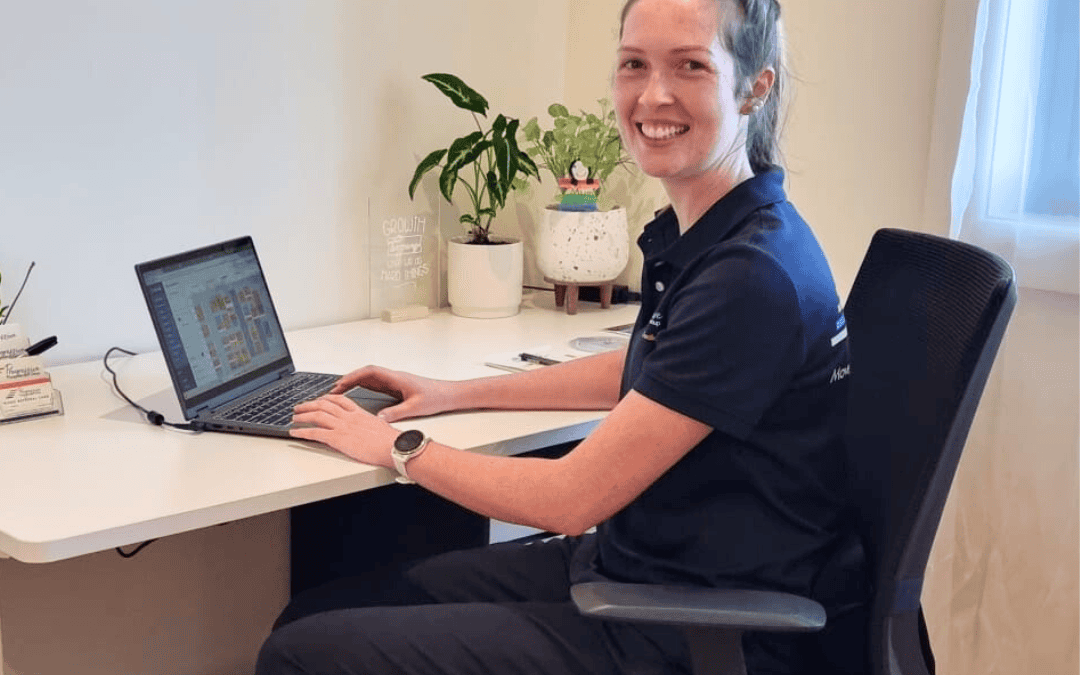In the clinic we see a number of what we call, ‘tendon pain clients’, which means patients with “grumbly” hips, knees or shoulders. These tendons can be painful to lie on at night, get really sore the day after activity, and can lead to imbalances in the body to ease the stress or pain.
How does this happen? And how do we stop it?
Usually, it’s down to muscle loss, which puts extra pressure on your tendons.
After the age of 30 we start to lose our muscle mass at a small percent every year, this percentage increases as we get older. By the age of 50 the loss can be 0.5% to 2% increase per decade, at 60 it can be 4 to 5% then at 70 it can be 7 to 8%. This age-related muscle loss is called sarcopenia.
And it’s even more challenging for ladies
Sorry ladies, but during pre-menopause the stress on our muscles means the ability to adjust to a task decreases substantially. The research shows that we could lose 10% of our muscle mass during perimenopause alone.
This drop in muscle mass puts more pressure on your soft tissue structures such as tendons (which connect your muscle to bone) and ligaments (which connect your bone to bone). These get overloaded because the muscle isn’t strong enough to absorb force through the body causing more pressure through the joint.
The good news is that this tendon and joint pain can be reversed by building more muscle.
Yep. It’s time to get strong.
The more muscle you have, the more you can increase your body’s shock absorption which leaves you with happy joints. And as our muscle strength grows so does our flexibility, which saves your tendons from all the extra tension put on them by our too tight muscles.
And did I mention that tendons like load? Tendons love consistency and load; that’s why we have to look back in the past months before the pain started to find the trigger. We need to figure out:
- Have you increased a particular activity?
- Have you had a significant break/time out?
Your tendon will adapt to what you ask of it but sometimes it does this in the wrong way by creating the wrong type of tissue in response to what we need. This is why complete rest won’t make it better, it just makes it dormant. And when we try to be active again it flares right back up.
So, what do we need to do?
You need to load up those tendons in a controlled gentle way to help them change and grow.
This type of exercise helps you to build strong tendons and lower your sensitivity to heavy movements. Without your tendon pain holding you back, you can build some bigger muscles to help you move more
Let’s get stronger!
Our experienced team can diagnose your pain and prescribe a tailored exercise programme to get you moving again.
If you need help finding that right load level, or need to settle some pain to help you move more, then come and see us at the clinic and we can help you start the journey to happy tendons.
You can call 0497 111 127 to book or ask any questions, or book online.
We can’t wait to see you!

